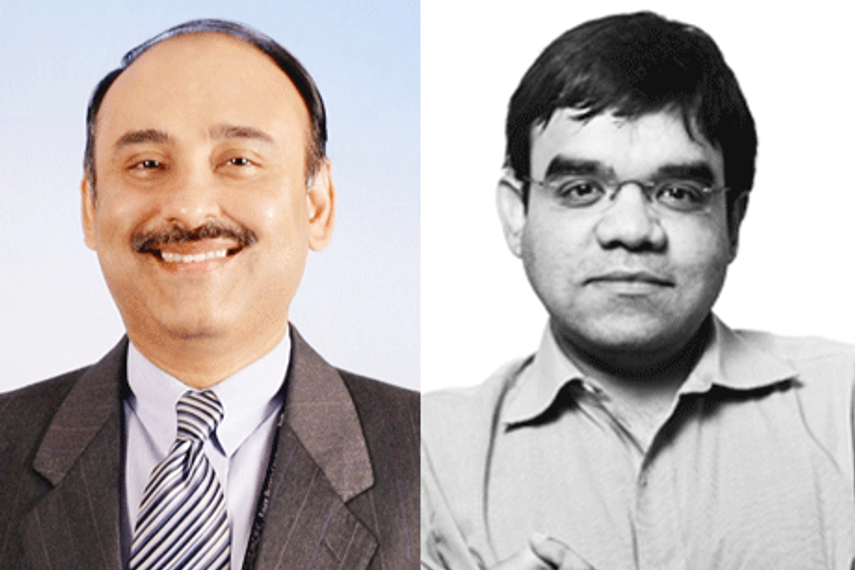
Pavan Varshnei (L) and Dibyendra Nath Mukerjea (R)
What have been highlights of the past year?
Pavan Varshnei (PV): The highlights have been that we’ve had a great response both from readers and advertisers. It has shown in the kind of advertising we’ve been able to garner in one month. Despite being a monthly, I think we command a higher market share in the premium business magazine market segment. We’ve clearly become the preferred choice for business leaders and advertisers of high-end products and services. Apart from that, Fortune India has managed the distinction of being the only publication to have got a global recognition for its design and layout and photographs. It won two awards from the Society Of Publication Designers, New York, and a bronze for infographics at the IFRA Annual Competition earlier this year.
Dibyendra Nath Mukerjea (DNM): Every issue was a highlight, because we did very interesting stories across the 12 issues that we brought out. The parent magazine has been doing it for the past 80 years, and we have only just dipped our toes into it. I’m happy with the way each and every issue shaped up.
Any numbers you could share with us on subscription and advertising revenue?
PV: On an average, we do about 200 pages. The anniversary issue has over 100 pages of advertising, 360 pages of content; it’s a double issue. In terms of circulation, we print 85,000 copies per month.
Has the editorial team grown?
DNM: We’re growing. We launched with about 20-odd people, and the team is currently of about 25-26. We are still adding to our numbers.
Will there be any new properties around Fortune this year?
PV: Yes, we are going to expand and look at other areas in which the Fortune brand can be leveraged further beyond print.
Would that include digital?
PV: Right now we are only looking at a level one digital site, which is basically about giving people the information as to what is inside the magazine and what it stands for. It’s more of an enabling exercise for subscribers, but I don’t think we are giving away our content right now online. Plans for other platforms and devices will be coming up over the next few months.
From your learnings of the past year, could you share what you think should be the strategy for international magazines in India?
PV: Most international magazines should have editorial that can move or transfer across geographies. It always helps if editorial can travel. The second thing would be that there is always a market for a quality magazine; as long as the magazine is relevant to its audience of readers, there is always a market for it.




.jpg&h=334&w=500&q=100&v=20250320&c=1)
.jpg&h=334&w=500&q=100&v=20250320&c=1)

.jpg&h=334&w=500&q=100&v=20250320&c=1)


.jpg&h=334&w=500&q=100&v=20250320&c=1)


.jpg&h=334&w=500&q=100&v=20250320&c=1)


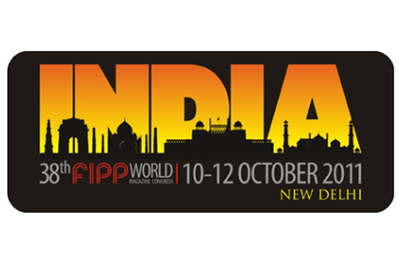
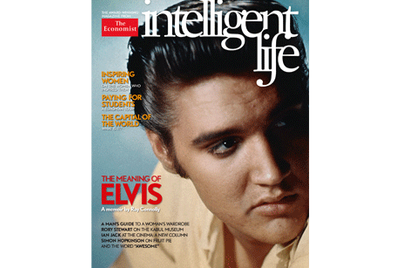
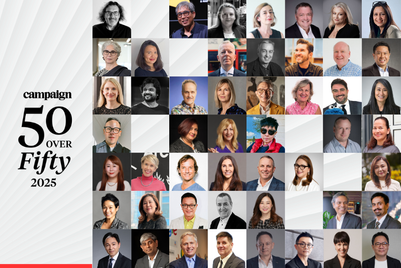
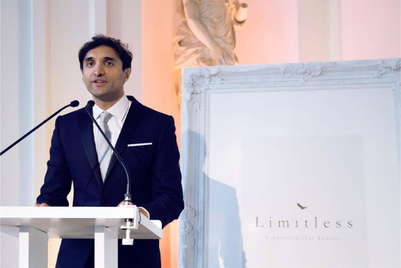
.jpg&h=268&w=401&q=100&v=20250320&c=1)
.jpg&h=268&w=401&q=100&v=20250320&c=1)
